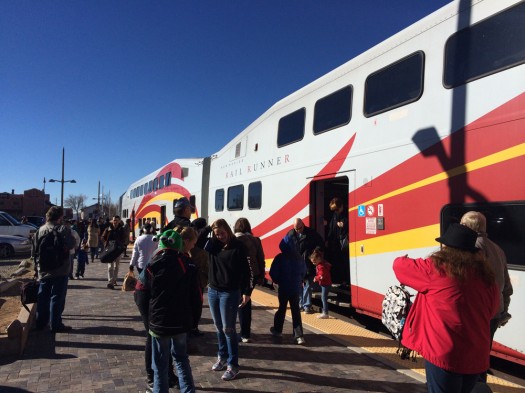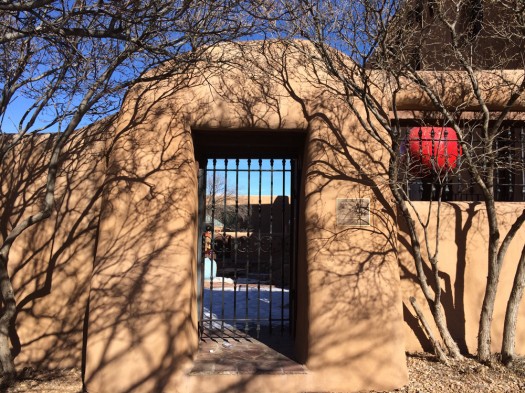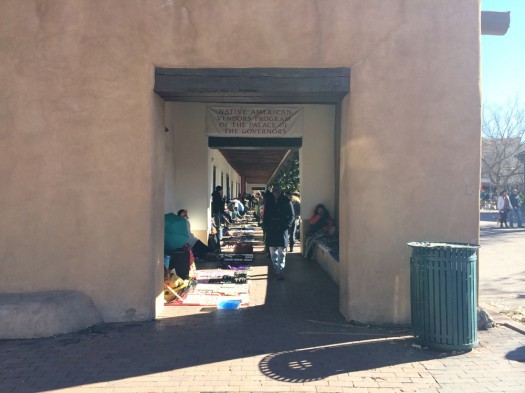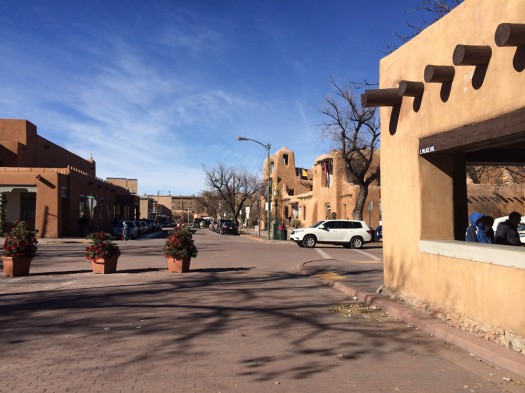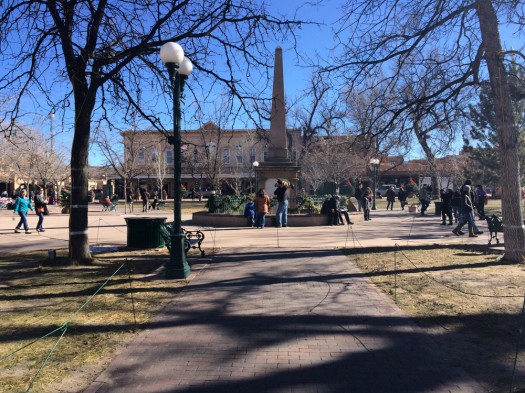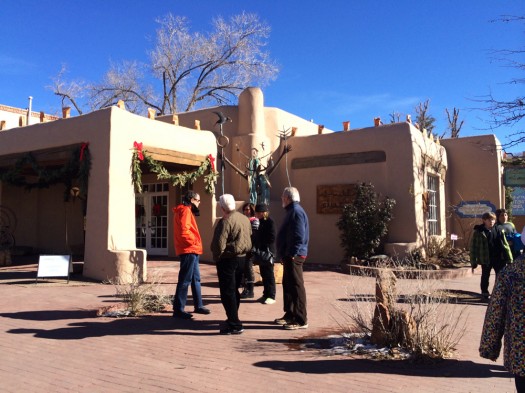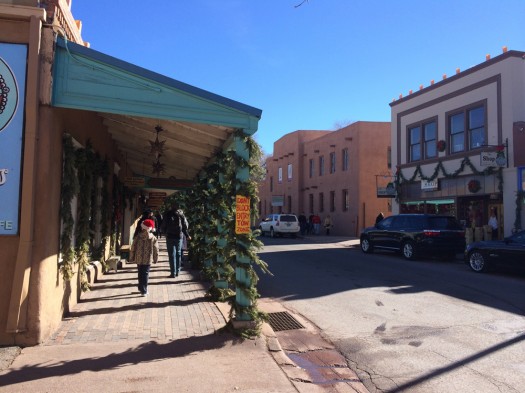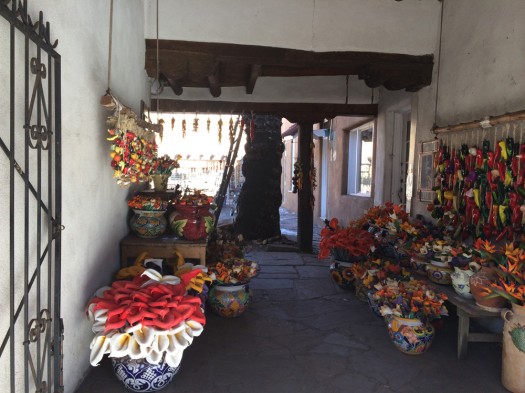A Placemaking Journal
Resolved for 2014: Obstacle reduction
New year’s resolutions? Bah. Do what you love. With clarity. Only about 8% of people keep their resolutions for 365 days anyway. So what about if instead, we set out to remove the obstacles to doing the really healthy things we love? Both as individuals and as communities.
This line of thinking started the other morning at breakfast, when my husband asked me if going to my new dance class is one of my new year’s resolutions. My immediate response was, “Definitely not! It’s not a resolution; it’s a certainty. I love it!”
If you’ve been to dinner with me in the last six weeks, you already know about this class. Jeanette McCoshen is iconic. She started Danceaerobics at the St. George’s Anglican Church parish hall in 1979 and her strong following has been at it six days a week ever since. Serious social capital is at play before and after class.
35 years is no new year’s resolution. It’s a lifestyle. There’s no website for me to link to because she’s always been word of mouth. That’s because it’s a deeply fun mix of great dance to great music … classic rock to rap … with women who are equally inspiring. Every 10 weeks is a new routine that starts with 2 weeks of teaching then 8 weeks of no-talk dancing. Every morning is a new version of sore satisfaction.
With just a half-block walk from my house, it’s a no brainer. And for those of you who know me well, you’ll understand that it’s catnip on a number of levels. But what does any of this have to do with urbanism?
We spent the holidays with my sister in Albuquerque, and I started looking at the most beloved details of a couple of the neighborhoods both there and in Santa Fe. The passion of place is evident, with significant payback. But there are a number of hurdles to places of similar character developing outside of the town center.
So here’s a holiday photo essay on Santa Fe, with Albuquerque sometime soon. And a toast to the removal of obstacles to healthy places.
ABOVE: Anytime you can roll into town on a train, things get more interesting. When we stepped off at the Santa Fe station, the relaxation of contemplating the rural landscape made for happy travelers.
ABOVE: This sense of enclosure with a double terminated vista delivers happy holidays, all around, with love from Santa Fe.
ABOVE: Courtyard houses repurposed for retail allow for flexibility in a changing marketplace and build resilience thanks to the long-lived embodied energy in these structures.
ABOVE: A Street, painted in 1926 by Georgia O’Keeffe; oil on canvas; owned by Georgia O’Keeffe Museum, a Gift of The Burnett Foundation.
“Where I was born and where and how I have lived is unimportant. It is what I have done with where I have been that should be of interest.” — Georgia O’Keeffe
In this painting, O’Keeffe amps up that sense of enclosure we just were talking about, to engulf us in the smoky allure of the city.
ABOVE: Courtyards are a large part of civic and public life in Santa Fe. Other cities often overlook this compelling frontage type.
ABOVE: Simple architectural details fund the not so simple ones.
ABOVE: Great urbanism naturally incubates business, like here at the Palace of the Governors on the Santa Fe Plaza.
ABOVE: Inexpensive traffic management at the Santa Fe Plaza is exceptionally mobile.
ABOVE: The Santa Fe Plaza keeps programming simple but ensures no “leaky corners” from the surrounding urbanism. Active buildings offering up dining, shops, and services make the plaza a happening — but restful — place.
ABOVE: Tiny corner plazas become gathering places that feed nearby retail.
ABOVE: Galleries and street enclosure keep pedestrians of all ages fully engaged.
ABOVE: Santa Fe retail courtyards work their magic.
ABOVE: Another serene Santa Fe courtyard, this time at the New Mexico Museum of Art.
ABOVE: “Urbanism” is a term in question by some because of its overuse. City planners tend to think everyone else understands that not letting suburban development patterns sprawl across the landscape allows nature to thrive. Or as Andrés Duany says, “Keep people at a sufficient density in cities so that they’re not be out bothering the bears.” Here on the banks of the Rio Grande, a density of one bothers no one, but an occasional sleepy porcupine and a murder of crows.
ABOVE: These Albuquerque houses appear at first glance to be painfully close together, but two or three private courtyards per house make them just the opposite. Alleys out back make for great public space and parks out front.
ABOVE: Ensuring access to nature from close proximity to the city offers up all sorts of interesting ecotourism.
ABOVE: A little Albuquerque passion in the skies rings in 2014 with vim and vigor.
ABOVE: The previous immersive environments — places where you can happily get lost for hours walking or biking — are very different than the one pictured above of big box retail surrounded by a sea of parking. The earlier images are like me and my dance class: something people do because they love it. While the long term effects may be good for health, economies, and the environment, the reason we engage is passion.
If you’re a frequent reader on PlaceShakers, you probably already know the biggest hurdle to most of the images above is segregated-use zoning laws. Old town Santa Fe has extensive design standards to protect and nourish its historic fabric. However, most of this continent is governed by rules that don’t allow a mixture of compatible uses, where over time the market can decide what’s best for any given building. Nor do they allow small setbacks that create these great outdoor rooms to inspire urbanists and architects alike. And they don’t allow for a change in character as you move through different parts of the neighborhood.
For a little New Year’s inspiration, here’s a list of the places getting real by changing their laws to reflect the character of their communities. And getting the significant paybacks for doing so. It’s not easy work, so they may feel satisfyingly sore from time to time, but the signs of growth are well worth it.
More from Albuquerque sometime soon, but until then, a very happy, healthy, and passionate New Year to you and your community!
–Hazel Borys
If PlaceShakers is our soapbox, our Facebook page is where we step down, grab a drink and enjoy a little conversation. Looking for a heads-up on the latest community-building news and perspective from around the web? Click through and “Like” us and we’ll keep you in the loop.









